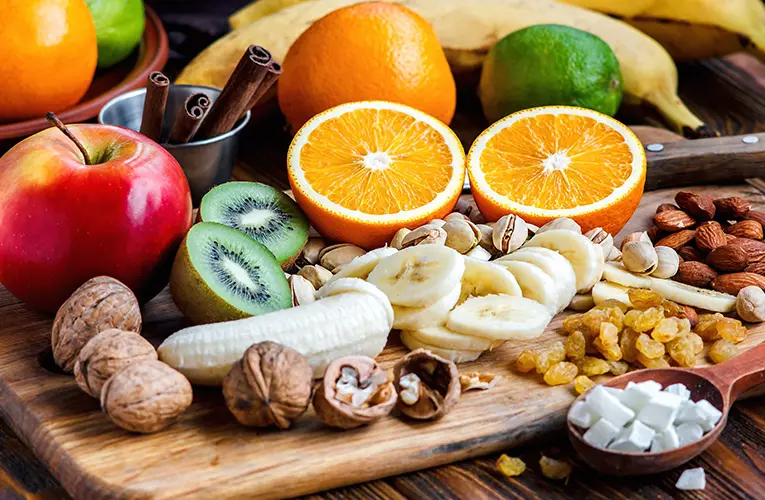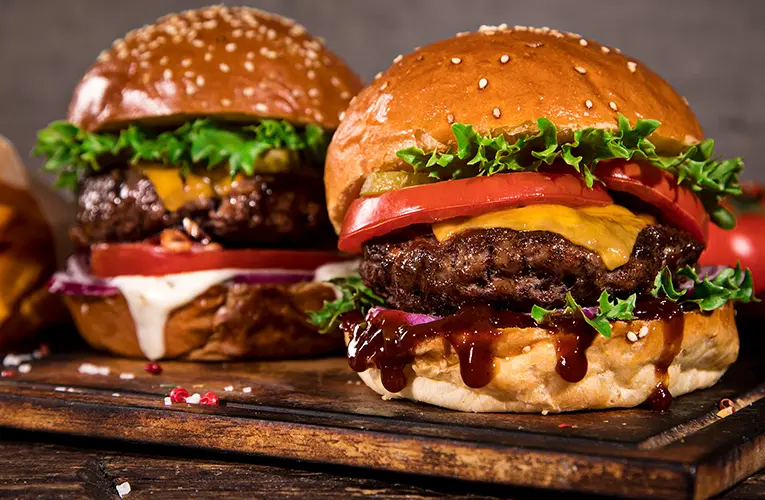“Food Waste Fighters: Tips for Reducing Food Waste and Saving Money”
### “Food Waste Fighters: Tips for Reducing Food Waste and Saving Money”
Food waste is a significant issue with far-reaching environmental, economic, and social impacts. By adopting strategies to minimize food waste, you can not only save money but also contribute to a more sustainable future. This guide provides practical tips for reducing food waste and offers ideas for making the most of your food resources.
—
### 1. Understanding Food Waste
– **Scope of the Problem:**
– **Environmental Impact:** Food waste contributes to greenhouse gas emissions and unnecessary use of resources like water and energy.
– **Economic Cost:** Wasting food means wasting money spent on groceries and resources used in food production.
– **Social Implications:** Reducing food waste can help address food insecurity by redirecting surplus to those in need.
– **Types of Food Waste:**
– **Pre-Consumer Waste:** Includes food loss during production, transportation, and storage.
– **Post-Consumer Waste:** Refers to food that is discarded by consumers, including leftovers and expired items.
—
### 2. Strategies to Reduce Food Waste
– **Smart Shopping:**
– **Plan Your Meals:** Create a weekly meal plan and shopping list to buy only what you need.
– **Check Your Inventory:** Assess what you already have at home before shopping to avoid duplicate purchases.
– **Buy in Bulk Wisely:** Purchase non-perishable items in bulk, but be cautious with perishables to avoid spoilage.
– **Proper Food Storage:**
– **Use Airtight Containers:** Store grains, cereals, and snacks in airtight containers to prolong shelf life.
– **Refrigerate Correctly:** Keep perishable items in the refrigerator and use clear storage containers for easy visibility.
– **Freeze Surplus:** Freeze leftovers, excess fruits, and vegetables to extend their usability.
– **Understanding Expiry Dates:**
– **Best Before vs. Use By:** “Best before” dates indicate quality, not safety, while “use by” dates are about safety. Use your judgment and senses to assess food freshness.
– **Rotate Stock:** Practice the FIFO (First In, First Out) method to use older items before new ones.
—
### 3. Creative Ways to Use Leftovers
– **Transform Leftovers:**
– **Soup and Stew:** Use leftover meats, vegetables, and grains to create hearty soups and stews.
– **Casseroles and Stir-Fries:** Incorporate leftovers into casseroles, stir-fries, and one-pan dishes.
– **Wraps and Sandwiches:** Create new meals by adding leftovers to wraps, sandwiches, or salads.
– **Reinvent Ingredients:**
– **Overripe Fruits:** Use overripe fruits in smoothies, baking, or as natural sweeteners.
– **Wilted Vegetables:** Turn wilted vegetables into soups, stocks, or frittatas.
– **Make Your Own Condiments:**
– **Bread Crumbs:** Repurpose stale bread into breadcrumbs for use in coatings and toppings.
– **Vegetable Scraps:** Save vegetable peels and scraps for making homemade stocks and broths.
—
### 4. Portion Control and Serving Tips
– **Serve Smaller Portions:**
– **Start Small:** Serve smaller portions and allow for second helpings to avoid plate waste.
– **Adjust Recipes:** Cook smaller quantities if you’re serving fewer people.
– **Encourage Leftovers:**
– **Leftover Friendly:** Use recipes that are designed to make great leftovers, like casseroles or curries.
– **Label and Date:** Label and date leftovers to ensure they are used within a safe timeframe.
—
### 5. Composting and Sustainable Practices
– **Home Composting:**
– **What to Compost:** Include fruit and vegetable scraps, coffee grounds, eggshells, and yard waste.
– **Avoid:** Do not compost meat, dairy, or greasy foods, which can attract pests and create odors.
– **Community Composting:**
– **Participate:** Join community composting programs or drop-off sites if you don’t have space for home composting.
– **Educate and Share:**
– **Raise Awareness:** Share information about food waste reduction with friends and family.
– **Engage with Local Initiatives:** Support and participate in local food recovery and donation programs.
—
### 6. Tips for Smart Eating Out and Takeout
– **Plan Ahead:**
– **Order Wisely:** Avoid over-ordering and choose portion sizes that match your appetite.
– **Take Home Leftovers:** Always ask for a takeout box for leftover food.
– **Choose Restaurants with Waste Policies:**
– **Support Sustainable Practices:** Patronize restaurants that prioritize sustainability and food waste reduction.
—
### 7. Tools and Apps for Managing Food Waste
– **Food Waste Tracking Apps:**
– **Examples:** Apps like “Too Good To Go” or “OLIO” help reduce food waste by connecting users with surplus food options.
– **Recipe and Meal Planning Apps:**
– **Examples:** Apps like “Mealime” or “Yummly” assist in planning meals and reducing waste through recipe suggestions.
—
### 8. Conclusion
– **Summary:**
– Reducing food waste involves a combination of smart shopping, proper storage, creative repurposing of leftovers, and sustainable practices. By adopting these strategies, you can save money, reduce environmental impact, and contribute to a more sustainable food system.
– **Encouragement:**
– Embrace these tips to make a positive difference in your food consumption habits. Every small action contributes to a larger impact.
– **Call to Action:**
– Start implementing these tips today and share your progress with others to inspire collective action in reducing food waste.
—
This guide aims to provide practical advice and actionable strategies for reducing food waste and saving money. By making small changes in how you shop, store, and use food, you can significantly minimize waste and contribute to a more sustainable future.










